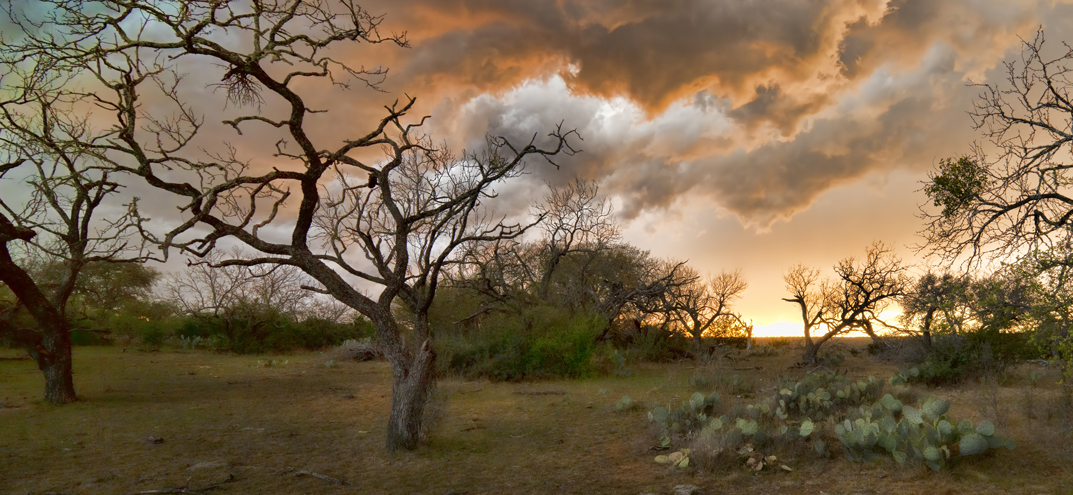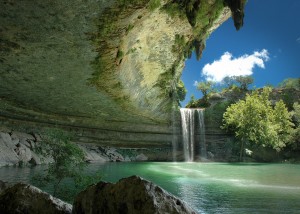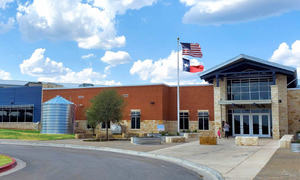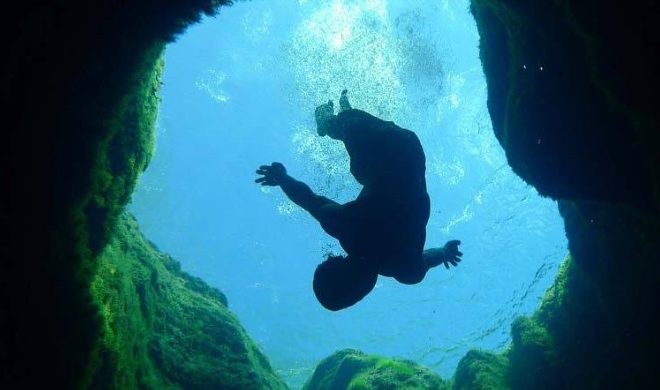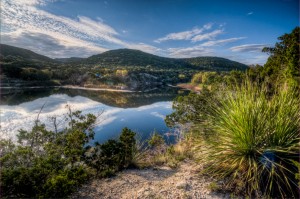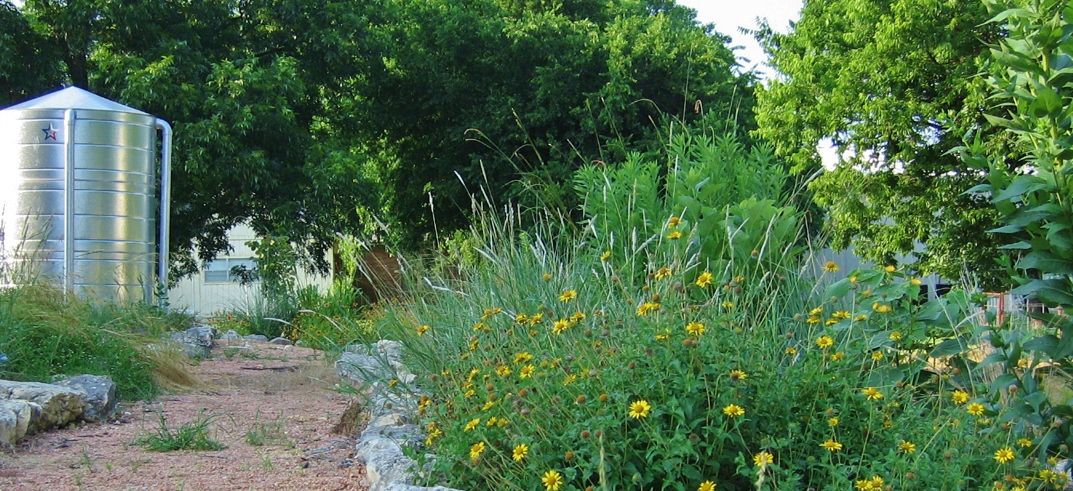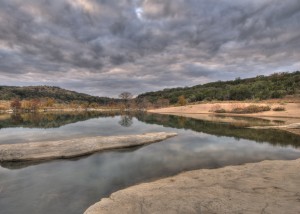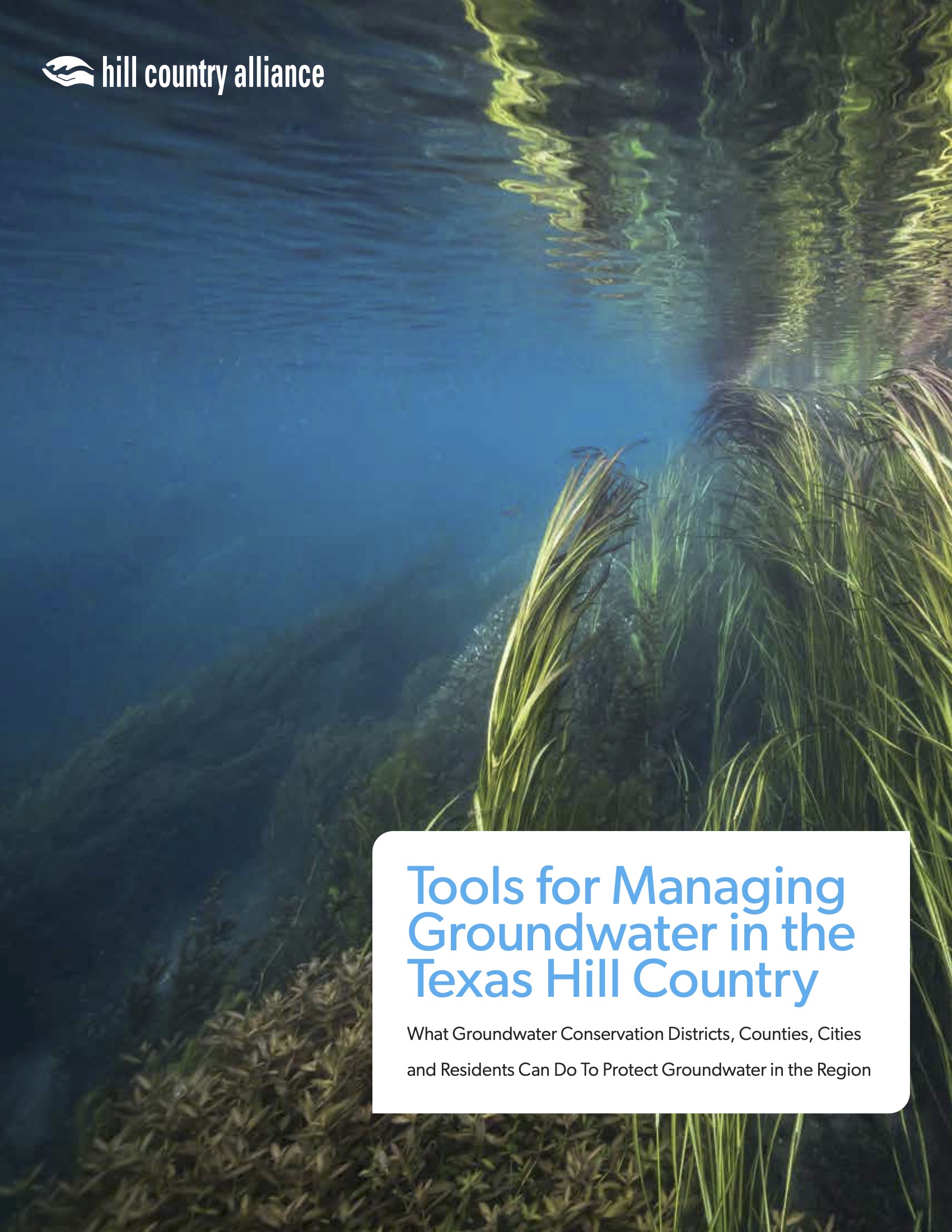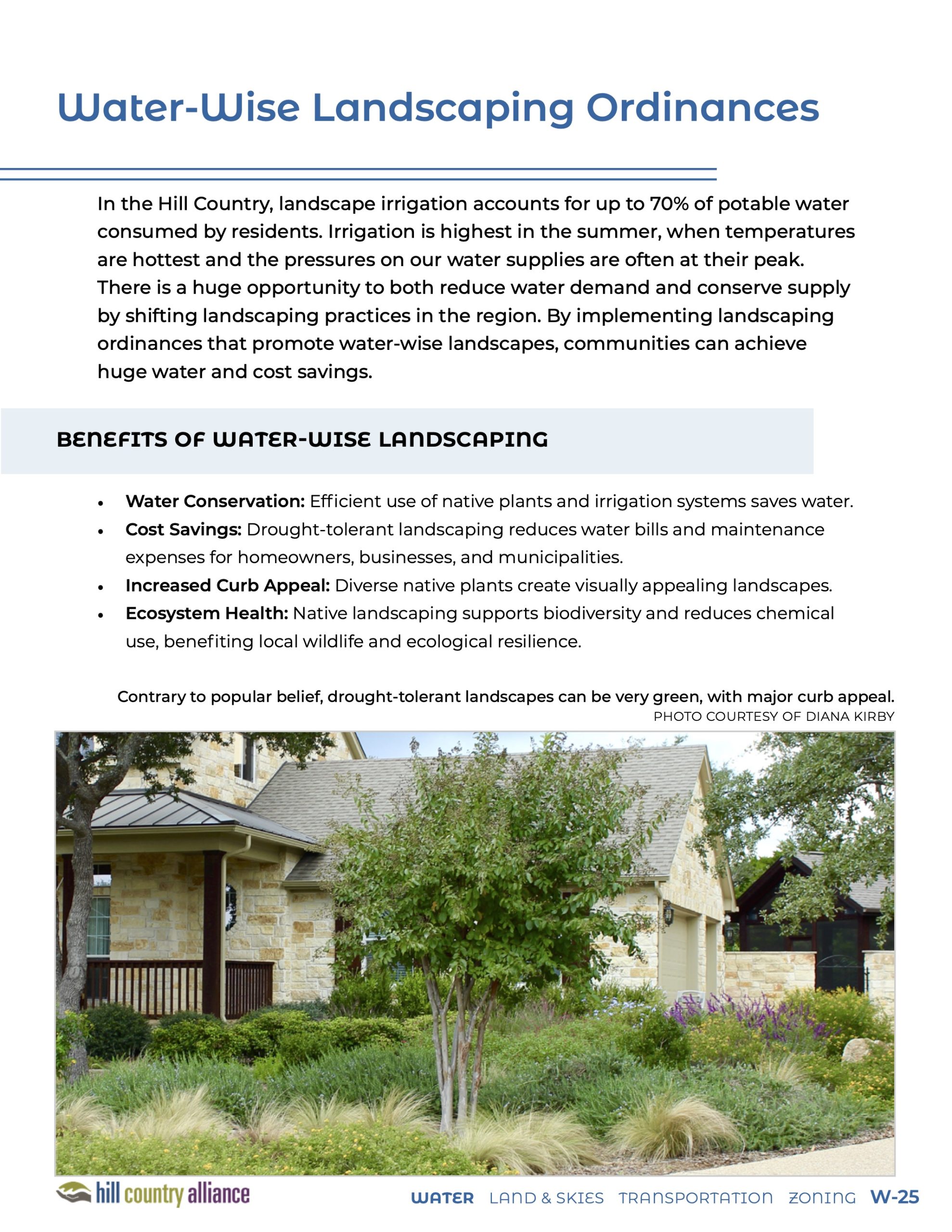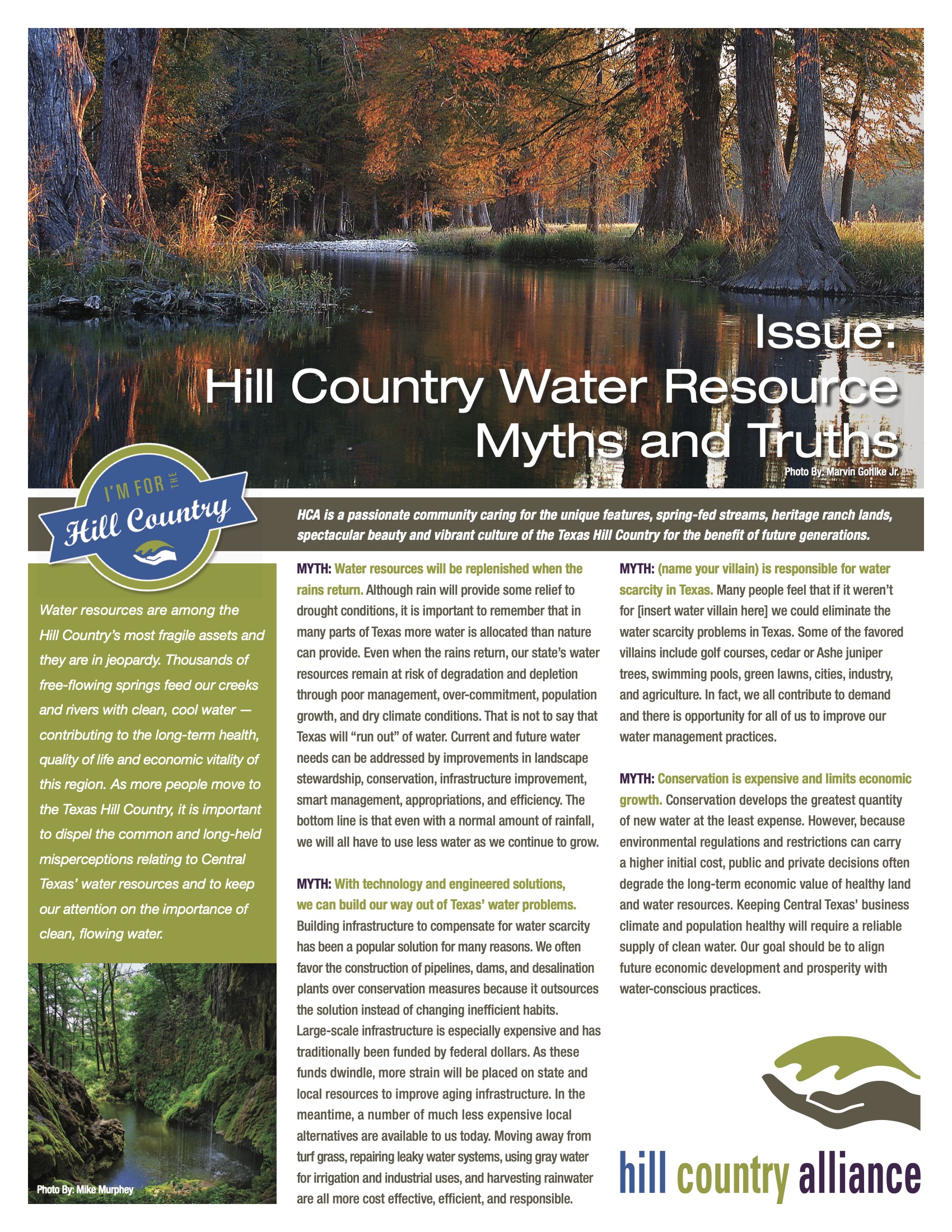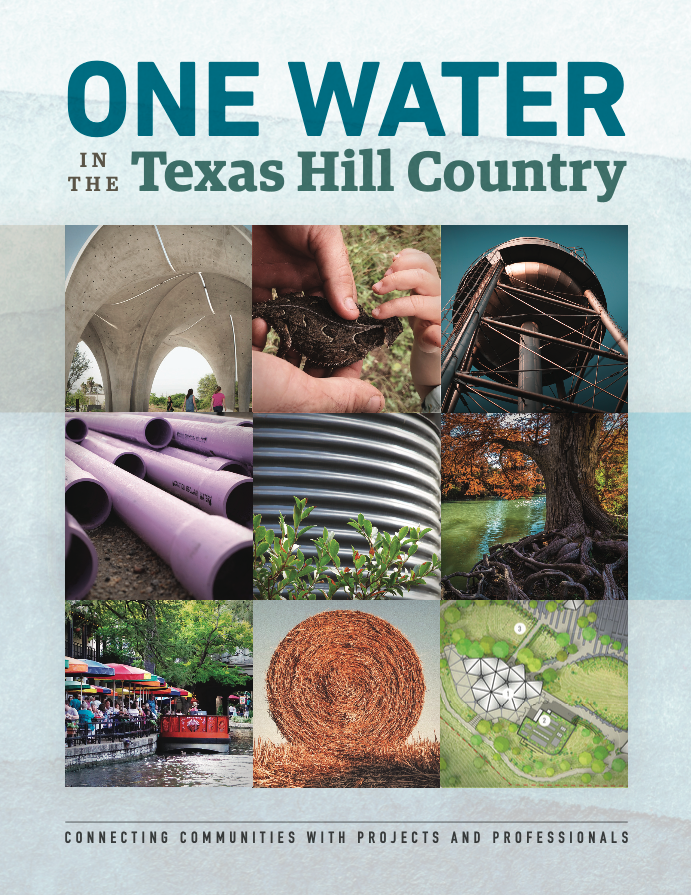Water Resources
As long-time landowners and new residents alike know, the Texas Hill Country is a special place. The people are friendly, the air is clean and the landscape is beautiful. But that is true of much of rural Texas. What gives the Hill Country its very special character are its extraordinary water resources: its magical hidden springs, crystal-clear swimming holes, peacefully wandering creeks, and clear, swiftly flowing rivers.
Taking care of the region’s water supply is a complex challenge. Many believe our rivers and aquifers are already over-allocated. It is time for a very conservative approach to planning and a new way of thinking about water use. Conservation is key.
The following pages are intended to serve as timely, up-to-date, scientifically accurate resources about water supply in the Texas Hill Country region.
Drought
Water Quality and its Threats
One Water in the Texas Hill Country
There is a growing practice of integrated water management known as One Water that offers a way for us to grow as a region while protecting and respecting water resources at the same time.
Groundwater Resources
Our groundwater supply is limited and under increasing pressure from a growing population. If this resource is to sustain our communities and environmental treasures, it must be carefully managed.

